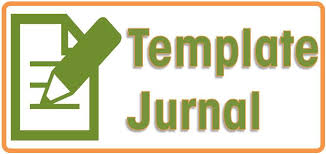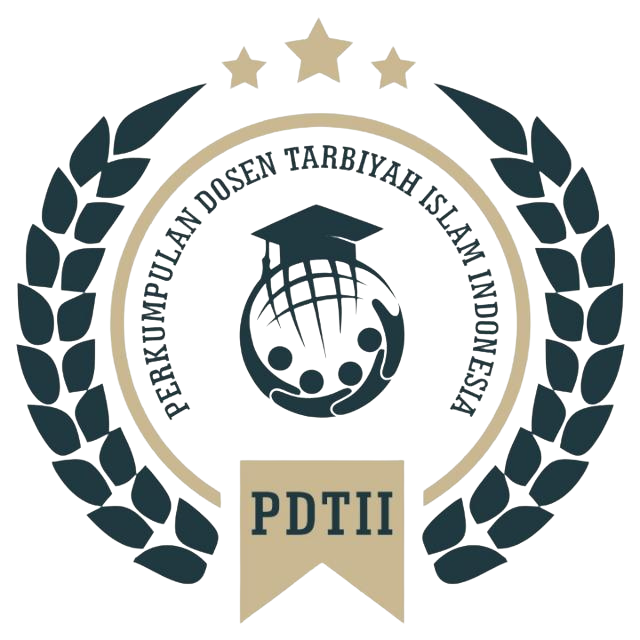PDF ANALISIS STRUKTUR DAN KAIDAH KEBAHASAAN TEKS EKSPLANASI PADA PESERTA DIDIK KELAS XI MA MIFTAHUL ULUM ATTOHIRIN GONDANGLEGI MALANG TAHUN 2019/2020
DOI:
https://doi.org/10.35897/jurnaltinta.v2i2.408Abstract
In the explanatory text it has a plot or structure like other types of text, such as general statements, cause and effect and interpretation. The explanatory text also has linguistic rules which include copula, active verbs, conjunctions, adverbs of time, scientific terms, pronouns. This research is entitled "Analysis of the Structure and Rules of Explanatory Text in Class XI Students MA Miftahul Ulum Attohirin Academic Year 2019/2020. To find out the problems in conjunction analysis in a collection of explanatory texts in class XI MA Miftahul Ulum Attohirin students, it is necessary to formulate the problem as well as the formulation of the problem, namely, 1) What is the structure of the explanatory text in class XI MA Miftahul Ulum Attohirin Gondanglegi Malang students? 2) What are the rules of language explanation text in class XI MA Miftahul Ulum Attohirin Gondanglegi Malang?. This type of research is a descriptive qualitative research type. The qualitative research method is a research method based on the philosophy of postpositivism, this method is used to study natural objects. Where the researcher is the key instrument, the data collection technique is done by triangulation or a combination, the data analysis is inductive/qualitative and the results of qualitative research emphasize the meaning rather than generalization. Based on the data analysis carried out, it was concluded that 8 students were able to determine the structure of the expansion text well. Learners are able to determine the structure of general statements, cause and effect, and interpretation. In the explanatory text linguistic rules, there are 6 out of 11 students who are able to determine the rules of the explanatory text language. Students do not understand the language rules of explanatory text such as copula, conjunction, active verbs, adverbs of time, scientific terms and noun pronouns.
Downloads
References
Alwi, Hasan, dkk (2010). Tata Bahasa Baku Bahasa Indonesia. Cetakan VIII. Jakarta: Balai Pustaka.
Atizah, S. (2013). “Analisis Mikrolinguistik”. Repository: Journal Repository Widyatama, 64.
Chaer, Abdul, (2004). Linguistik Umum. JakartA: Rineka Cipta.
Chaer, Abdul (2008). Morfologi Bahasa Indonesia Pendeketan Proses. Jakarta: Rineka
Cipta.
http://uploud.wikipedia.org/wikipedia/commona/3/33/PeraturanMenteriPendidikandan
KebudayaanNomor50tahun2015tentangPedomanUmumEjaanBahasaIndonesia.
pdf (diakses:8 Juni 2020)
http://repository.uhn.ac.id/bitstream/handle/123456789/3428/Serliana.pdf?sequence=1
&isAllowed=y ( diakses tgl 18 juli 2020)
https://www.dosenpendidikan.co.id/contoh-teks-eksplanasi/ (diakses 18 juli 2020)
Kokasih, Engkos (2017). Cerdas Berbahasa Indonesia Untuk SMA/MA Kelas XI. Jakarta: Erlangga.
Mulyana, (2005). Kajian Teori, Metode, Aplikasi, dan Prinsip-Prinsip Analisis Wacana. Jogjakarta: Tiara Wacana.
Ramlan, M (2005). Sintaksis. Cetakan IX. Yogyakarta: Cv Karyono.
Sugiono (2016). Metode Penelitian Kuantitatif, Kualitatif dan R&D. Bandung:
Alfabeta.
Tarigan, Guntur, (2008). Pengajaran Wacana. Cetakan 2. Bandung: Angkasa.
Tarigan, Guntur, (1986). Menulis. Cetakan 4. Bandung: Alfabeta.
Wijayanti, Sri Hapdi (2013). Bahasa Indonesia Penulisan dan Penyajian Karya Ilmiah. Jakarta: Raja Grafindo.
Widya, Yrama (2018). Pedoman Umum Ejaan Bahasa Indonesia Yang Disempurnakan dan Pedoman Umum Pembentukan Istilah. Cetakan XIII. Bandung: Ikapi.







